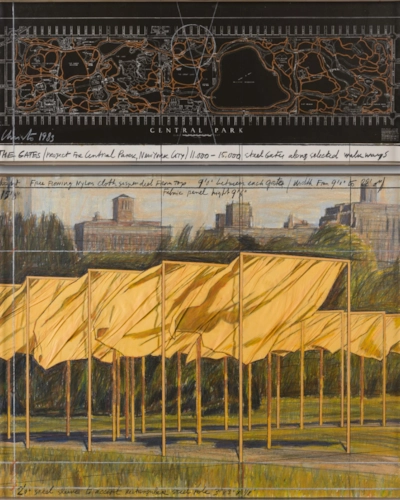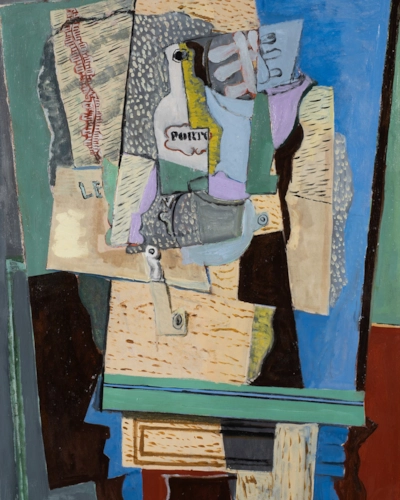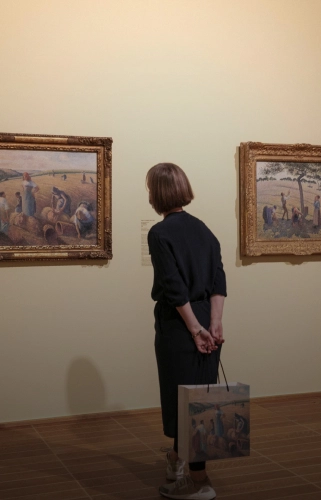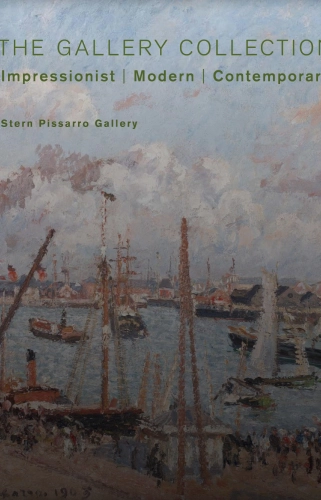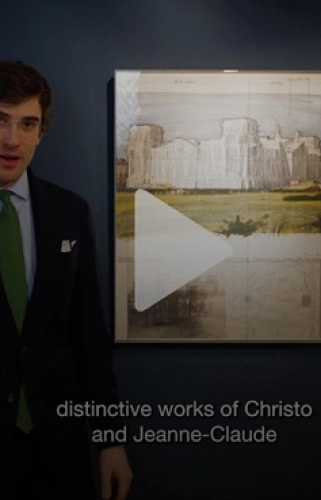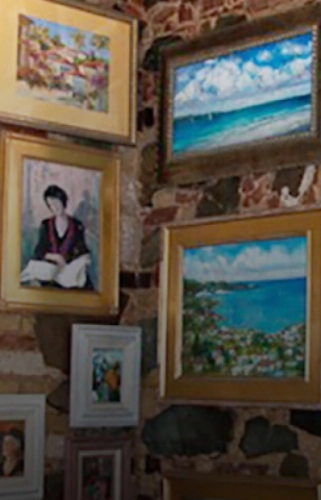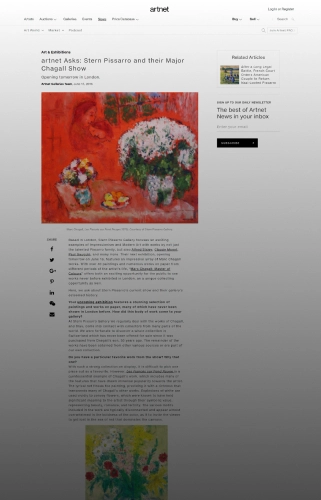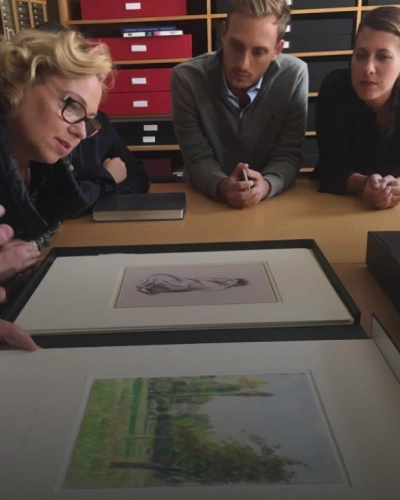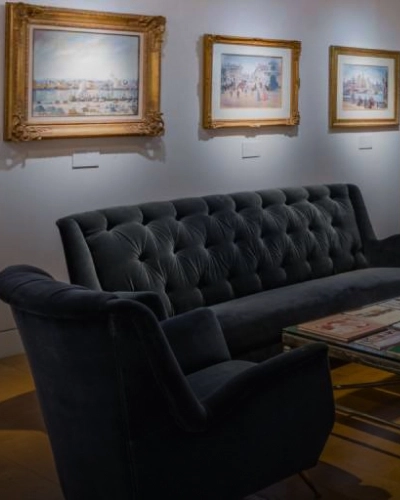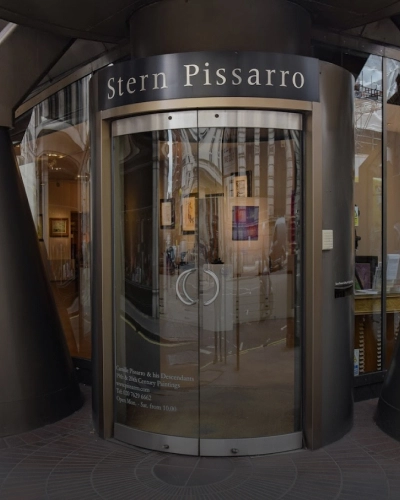Victor Vasarely
(1906 - 1997)
biography
Vasarely first enrolled at Budapest University in 1925 to read medicine, but he abandoned this pursuit after two years to receive instruction in traditional academic painting at the Podolini-Volkmann Academy. In 1928, he moved to the Mulhely Academy, the centre for Bauhaus studies in Budapest, where he studied with Sándor Bortnyik. It is perhaps here that Vasarely first took an interest in the issue of form, an interest which would continue throughout his life.
In 1930, Vasarely left Hungary to settle in Paris, where he worked as a graphic artist at various advertising firms in the city. After the Second World War, Vasarely pursued his artistic ambitions and he established an atelier in Arcueil, a suburb of Paris. Following this, he went on to produce artworks in a geometric abstract style, with a minimalist approach to form and colour. Initially, he worked in oils in the techniques of many of the avant-garde art movements of the time, producing compositions in the styles of Cubism, Surrealism, Futurism and Expressionism. His first exhibition of these works took place at the Galerie Denise René, which soon became celebrated as a temple to the new forms of Kinetic and Op art.
By 1947, however, Vasarely finally discovered his own idiosyncratic style of abstract art. The artist was significantly influenced by his experience on holiday on Belle Île, off the coast of Brittany. In the ellipsoid shape of pebbles on the beach there, Vasarely discovered what he called an "internal geometry", which could be seen to underlie the surface of the universe. In the mind of the artist, colour and form were indivisible - "Every form is a base for colour, every colour is the attribute of form." This experience characterised Vasarely's oeuvre, and its emphasis on shape, for the rest of his career.
In 1954, Kinetic art, represented by artists such as Vasarely, Calder, Duchamp and Soto, blossomed. Many works were showcased by the Galerie Denise René in an exhibition called Le Mouvement.
The first museum dedicated to Vasarely opened at the Renaissance palace in Gordes in the south of France, containing five hundred works by the artist. In 1976, a second enterprise, the Foundation Vasarely in Aix-en-Provence, was inaugurated by President Georges Pompidou, housed in a building designed by Vasarely himself.
Vasarely died on 15th March 1997, at the age of 90.
biography

